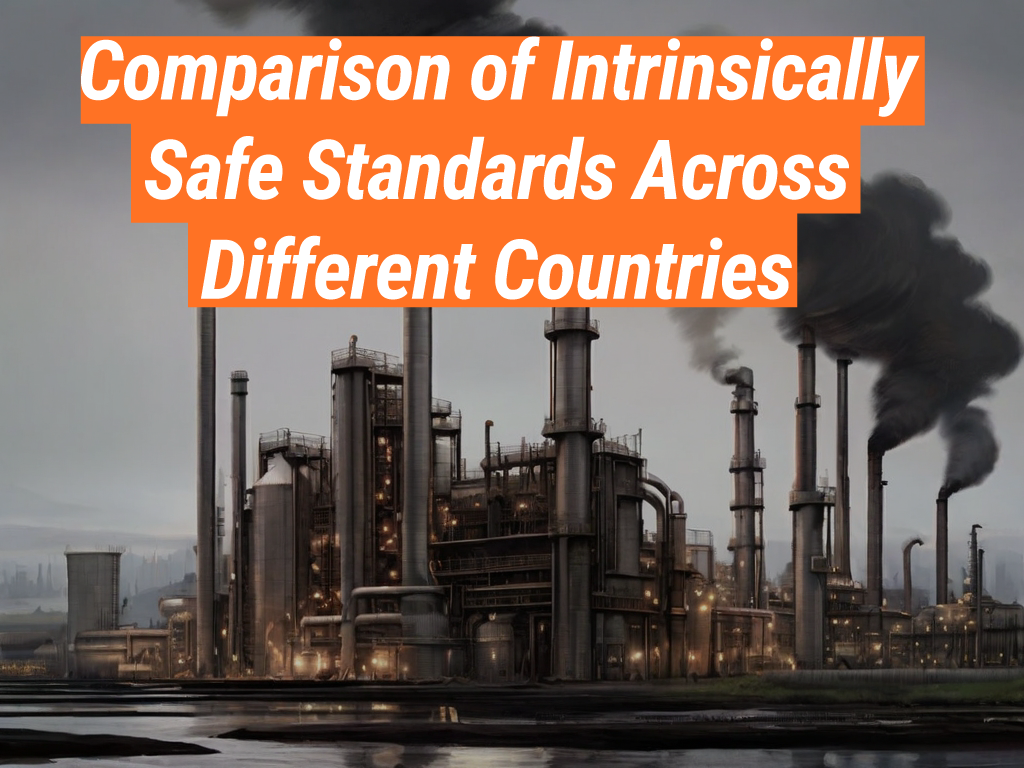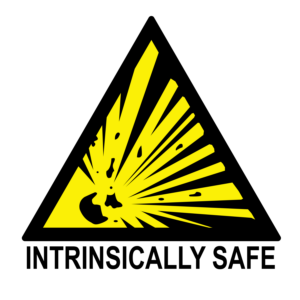When it comes to safety in hazardous environments, the term “intrinsically safe” is a key player. This term refers to equipment and wiring that’s inherently safe in its design, meaning it’s incapable of releasing sufficient electrical or thermal energy to ignite a hazardous atmospheric mixture. At Intrinsically Safe Store, we understand the importance of these standards and how they vary across different countries. In this article, we will delve into the comparison of intrinsically safe standards across different countries. We invite you to visit our website to learn more about our commitment to safety.
Understanding Intrinsically Safe Standards
Intrinsically safe standards are guidelines that ensure the safety of equipment used in hazardous environments. These standards are crucial in industries such as oil and gas, mining, chemical, and pharmaceuticals, where the risk of explosions is high.
United States: NEC and NFPA
In the United States, the National Electrical Code (NEC) and the National Fire Protection Association (NFPA) set the intrinsically safe standards. The NEC provides guidelines for electrical installations, while the NFPA provides codes and standards to minimize the risk of fire and other hazards.
Europe: ATEX Directive
In Europe, the ATEX Directive is the primary standard for IS equipment. This directive ensures that equipment is safe to use in potentially explosive atmospheres. It also provides guidelines for the safety of workers in these environments.
Canada: CSA Standards
In Canada, the Canadian Standards Association (CSA) sets the intrinsically safe standards. The CSA provides guidelines for the design, installation, and maintenance of electrical equipment in hazardous locations.
Comparing Intrinsically Safe Standards
While these standards all aim to ensure safety in hazardous environments, there are differences in their approach and requirements.
- Scope: The NEC and NFPA focus on electrical installations and fire safety, respectively. The ATEX Directive, on the other hand, covers a broader range of risks, including mechanical and process hazards. The CSA standards also have a broad scope, covering electrical, mechanical, and other types of hazards.
- Classification of hazardous locations: The classification of hazardous locations varies between these standards. The NEC and NFPA use a Class/Division system, while the ATEX Directive and CSA standards use a Zone system.
- Certification: The certification process also differs. In the US, a Nationally Recognized Testing Laboratory (NRTL) must certify equipment. In Europe, a Notified Body must certify equipment under the ATEX Directive. In Canada, the CSA or an accredited certification body must certify equipment.
Understanding the differences in intrinsically safe standards across different countries is crucial for manufacturers and users of equipment for hazardous environments. These standards ensure the safety of workers and the environment, and compliance is not only a legal requirement but also a moral obligation. At the Intrinsically Safe Store, we are committed to providing products that meet these stringent standards. For more information, please contact us.



























